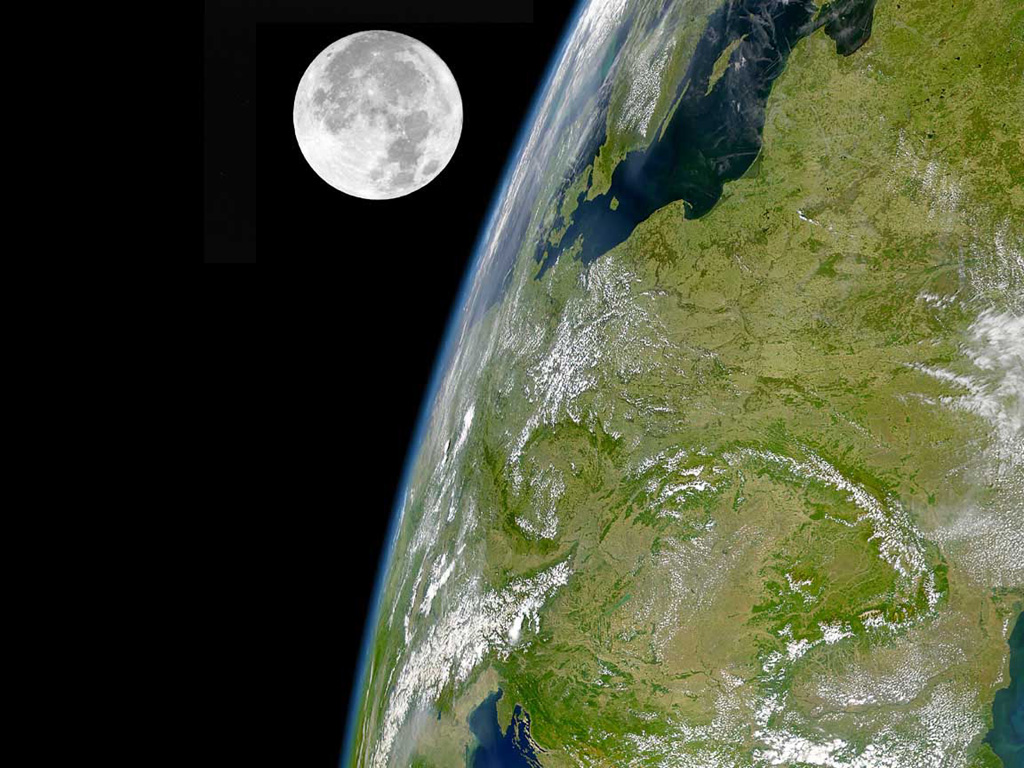I’d like to share with you my thoughts on day length and where it is headed. First, let’s just refer to Wikipedia’s definition of day length:
“Day length… refers to the time each day from the moment the upper limb of the sun’s disk appears above the horizon during sunrise to the moment when the upper limb disappears below the horizon during sunset. Due to the diffusion and refraction of sunlight by the atmosphere, there is actually daylight even when the sun is slightly below the horizon. The period when it is still somewhat light even though the sun is below the horizon is called twilight.” – Wikipedia
Since the recent earthquake in Chile, 2010, which scored a massive 8.8 on the Richter Scale, there have been reports coming out suggesting that the length of a day on Earth has shortened as a direct result of the earthquake. It was such a powerful force that NASA say the Earth was actually shifted on its axis.
“JPL research scientist Richard Gross computed how Earth’s rotation should have changed as a result of the Feb. 27 quake. Using a complex model, he and fellow scientists came up with a preliminary calculation that the quake should have shortened the length of an Earth day by about 1.26 microseconds (a microsecond is one millionth of a second).
“Perhaps more impressive is how much the quake shifted Earth’s axis. Gross calculates the quake should have moved Earth’s figure axis (the axis about which Earth’s mass is balanced) by 2.7 milliarcseconds (about 8 centimeters, or 3 inches). Earth’s figure axis is not the same as its north-south axis; they are offset by about 10 meters (about 33 feet).” – NASA
Now, before I go off on a tangent and talk about what I have been thinking about, I do want to acknowledge this earthquake as being a devastating disaster. I am not trying to make light of that through just referring to it with respect to our day length…I just don’t want to dwell on the disaster and would rather spend some time talking about some of the science involved. So, with that said, let’s move on!
So, this whole story about the length of days got me thinking. I have read in the past about our Moon and it’s influences upon us on Earth, something so interesting it deserves a post of its own (when I get around to it). But in particular I have been thinking about the effect the Moon has on our day length.
The Moon causes a slowing of Earth’s rotation. This is due to the gravitational attraction between the Moon and the Earth, a force which is responsible for Earth’s tides. There is always a ‘tidal bulge’ in sea levels on the side of the Earth closest to the moon. As well as tides there is another outcome of this – drag. The gravitational pull between the Earth and the Moon is actually causing a slowing of the Earth’s rotation about its axis, therefore there is an increase in day length over all. Of course, this is a process that will take hundreds of years to have even a noticeable effect on the length of our days, but it is happening all the same.
“In 1897 George Darwin, son of Charles, suggested that tides are causing the Moon to spiral away from us. His hypothesis was confirmed in 1969 after the Apollo 12 astronauts placed corner reflectors (like the red and orange ones on a car) on the Moon. By firing lasers from Earth to the Moon, off the corner reflectors, and back again, astronomers measured the round-trip time and, hence, the distance to the Moon. Repeating the experiment over several years, they confirmed Darwin’s prediction. The Moon is receding at 2 inches per year.” – Astrosociety
The Moon is actually gradually moving away from us at a very slow rate, about 3.8 centimetres per year, and this means that the gravitational effect it has on us will gradually reduce as it moves farther away. Even so, the days on Earth are set to get longer and it is estimated that in approximately 100,000 years we will be experiencing days of 25 hours in length. Now…this is the bit that got me thinking!
With an increase in day length of one hour there will be some real differences between those of us who are alive now and those who will be alive in the future. One hour, on a one-day-basis, isn’t much of a change. However, there are 364 days in a year, meaning we will have 364 additional hours per year in approximately 100,000 years (one for every day of the year). This is a difference of 15 days! Ok, it’s not a huge amount, but on a larger scale the difference gets even greater. Take a lifetime of 75 years, for example. That’s 75 x 364 hours difference (we’ll ignore leap years for ease of calculation), which calculates as being 27,300 hours difference, with ammounts to 1,137.5 days, or 3.125 years! Now we can really start to see a difference, compared to the 24 hour day.

The Earth and Moon from space
A 75 year-old today would effectively be just over 3 years younger than someone of the same age in 100,000 years time. So in essence, life expectancy will go down. People will not live to the ripe old ages that they do today. This isn’t strictly correct though, infact it’s a hideously incorrect statement to make. It would actually be more accurate to say that they will live for the same amount of time, but we will be labeling that time differently. They would live for the same number of seconds or hours, because those units are unnafected by a change to day length. It is the terms ‘day’, ‘week’, ‘month’, ‘year’, and so on, that would refer to a different number of seconds or hours compared to todays labelings of the aforementioned terms.
So, let’s assume that in 1,000,000 years the day will be 34 hours long – following the assumption that every 100,000 years will add an extra hour to the day. This idea is technically flawed, though, because the rate of movement of the Moon from the Earth is unlikely to remain constant over such a large time frame, but it’s fun to think about. That would mean that we would have 3,640 more hours in a year. That equates to 151 days. That is a big difference, almost half a year by our standards. Using the 75 year-old as an example again, we will now find that he or she has lived for 273,000 hours more than a 75 year-old in today’s world of 24 hour-long days. 273,000 hours! That’s 11,375 days, or 31.25 years difference! So, in 1,000,000 years a ’75 year-old’ will actually be 106 by today’s standards.
Lets ignore future medical advances and their effect on human lifespan for now, as there are sure to be some but we don’t know what they will be and how they will affect lifespan. If we take a 75 year-old and add the ‘extra’ 31 years that would be added through having a 25 hour day, then we would have someone who who was really 106. Now, people don’t tend to live to 106, more like 75 or so. So, with a bit of calculation we can deduce that a person would die at roughly 44 (calculated by subtracting in the future difference of 31 years from the age of death by our labelings of 75). Now, that doesn’t mean that they will be 44, they will just be called 44. They will still be the same age as a 75-year-old in a 24-hour-day world, but it will merely be a different unit of measurement that we apply to the labeling of their age.
I find this concept very interesting. The idea of elderly looking teenagers is a humorous concept, but one that – if human-kind survives long enough – could well be a reality in the far future!


Fucking Awesome Penners!
Thanks Golding! I’m glad you liked it.